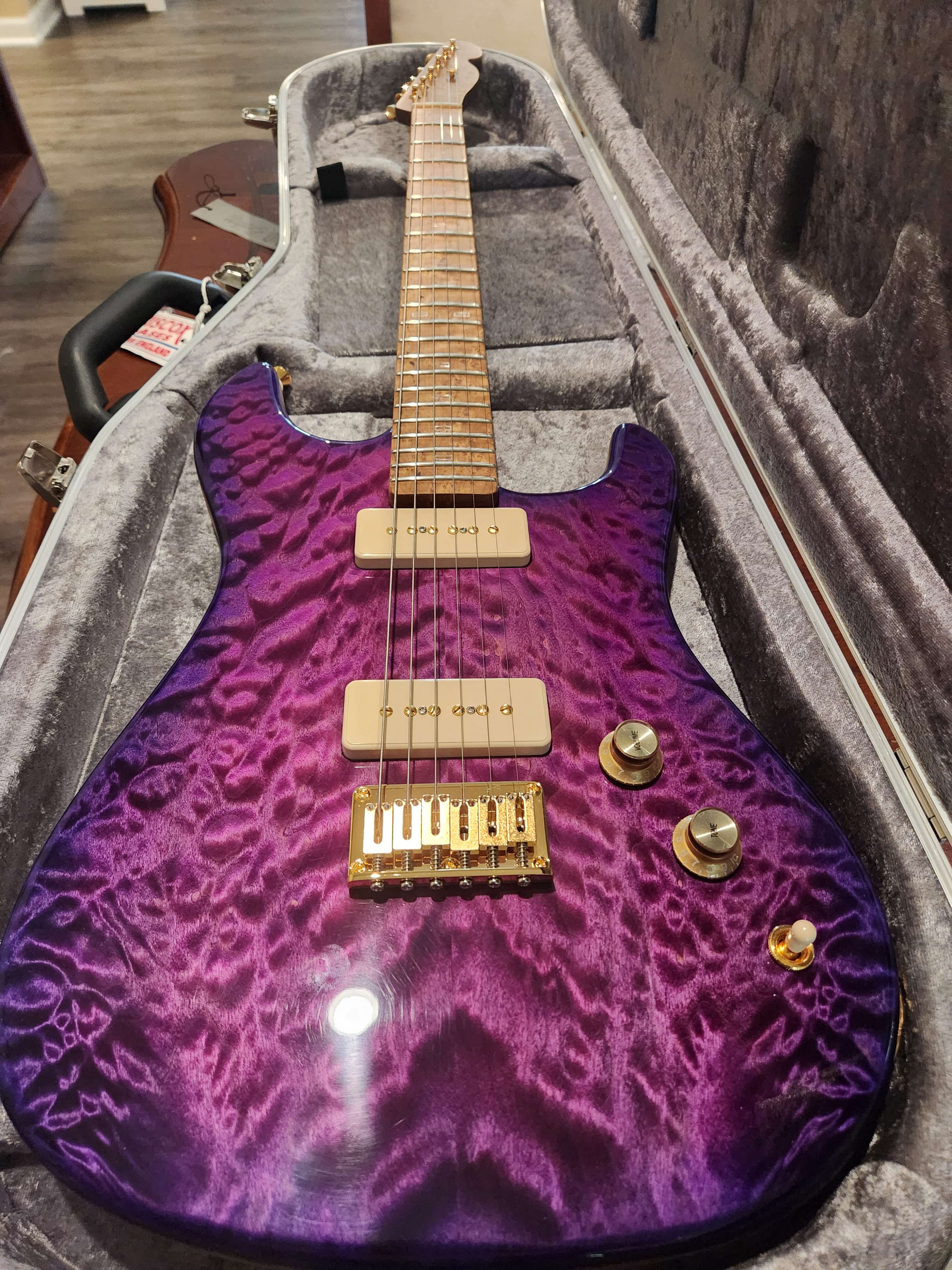I’m contemplating a Prusa MK4 + official enclosure and I’m looking at the way the enclosure handles filament feeding into the (N)extruder. Normally, filament is loaded directly from the spool into the extruder, but with the official enclosure, I see it’s fed through a PTFE tube and coupler. It seems to me this would make changing filaments mid print quite a pain. Would I be ok simply feeding the filament into a PTFE tube, but cutting it way short of the extruder and simply feeding it in from there into the extruder without the tube?
You could instead drill a hole in the top and then feed the filament through a filament sensor screwed to the inside ceiling. I think you just need something to handle the side to side forces. There’s no need for PTFE all the way to a direct drive extruder.
I have an old Mk3s that’s been living in a Lack enclosure for almost 5 years now. Back in those days, all enclosures were DYI affairs and the Lack was cheap, easy to build and works.
I have always fed the filament down directly through the top of the enclosure through a “trumpet” that is inserted through the table top. No PTFE tube required or wanted. Something like this is what I use: https://www.printables.com/model/233868-lack-enclosure-filament-grommet Slot style inserts seem to be the rage these days, but I haven’t been tempted to switch.
So, unless the Nextruder isn’t as good as the old Mk3 extruders, I’m pretty sure you don’t need the PTFE tube. Just feed it directly to the top of the extruder as if the enclosure isn’t there.
Thanks, that’s exactly what I was looking for
So one thing I’ve discovered is you can’t have ANY resistance on the spool when the printer is homing. If the filament goes taught as the extruder moves down, it thinks the nozzle moved up and thinks it has a homing error.
Thanks, whatever I design I’ll keep that in mind
New Lemmy Post: Prusa MK4 with enclosure filament feeding (https://lemmy.world/post/10756899)
Tagging: #3dprinting(Replying in the OP of this thread (NOT THIS BOT!) will appear as a comment in the lemmy discussion.)
I am a FOSS bot. Check my README: https://github.com/db0/lemmy-tagginator/blob/main/README.md


